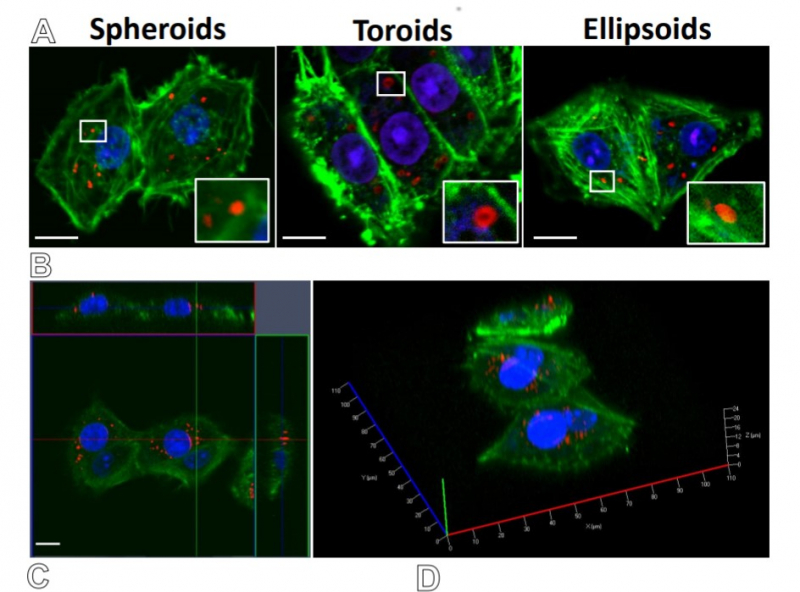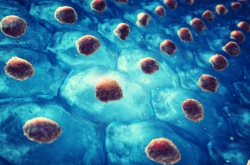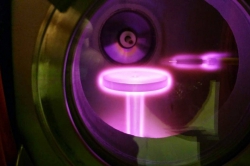Nano- and microparticles are widely used as platforms for delivering biologically active compounds to cells. Among their key benefits are controllable physical and chemical properties, an increased loading capacity, stability in biological fluids (i.e. blood), as well as the opportunity to load the particles with hydrophilic or hydrophobic drugs. Calcium carbonate is a promising material that can be used in drug delivery due to its biocompatibility, low costs and degradation in the intracellular compartment.
Still, despite a series of research dedicated to the synthesis of calcium carbonate particles of different morphology, no one has systematically studied the mechanisms of crystallization of calcium carbonate particles, the process of growth of particles of various morphology, as well as the connection between the morphology of particles and the crystalline phase of calcium carbonate.

In order to solve this problem, an international group of scientists from ITMO University, Tel Aviv University and the First Pavlov State Medical University of St. Petersburg studied in detail the process of calcium carbonate particle formation. For one, they studied the effect of reaction conditions (the concentration of initial reagents, the reagent ratio, reaction time, the effect of adding of organic additives) on the formation of calcium carbonate particles. What’s more, they studied the structural properties of calcium carbonate particles of different morphology.
“We split our work into several stages. First of all, we studied the process of the formation of calcium carbonate particles at various conditions of a coprecipitation reaction. Then we characterized the particles we got with the help of electronic microscopy. This part of our work was conducted at Tel Aviv University. After we got stable samples of calcium carbonate particles, we decided to conduct a series of biological experiments that are essential for the further use of these particles as carriers of biologically active substances,” explains Landysh Fatkhutdinova.

Scientists from ITMO University in collaboration with their colleagues from the First Pavlov State Medical University studied the effect of the shape of calcium carbonate particles on the uptake of glioma cells. They also did tests on the biocompatibility of the calcium carbonate particles of various morphology. This way, the scientists showed that calcium carbonate particles with great surface properties (among which are porousness, loading capacity, charge) can be synthesized with various physical and chemical properties: size, shape, morphology. Stable controlled synthesis of such carriers offers many opportunities for their use in the delivery of biologically active substances to cells.
“This research is a great example of a successful international and interdisciplinary collaboration. Each participating university was responsible for their own part of the project. As a result, we got a research that can be applied in biology and medicine,” concludes Mikhail Zyuzin, a researcher at ITMO’s Faculty of Physics and Engineering.





